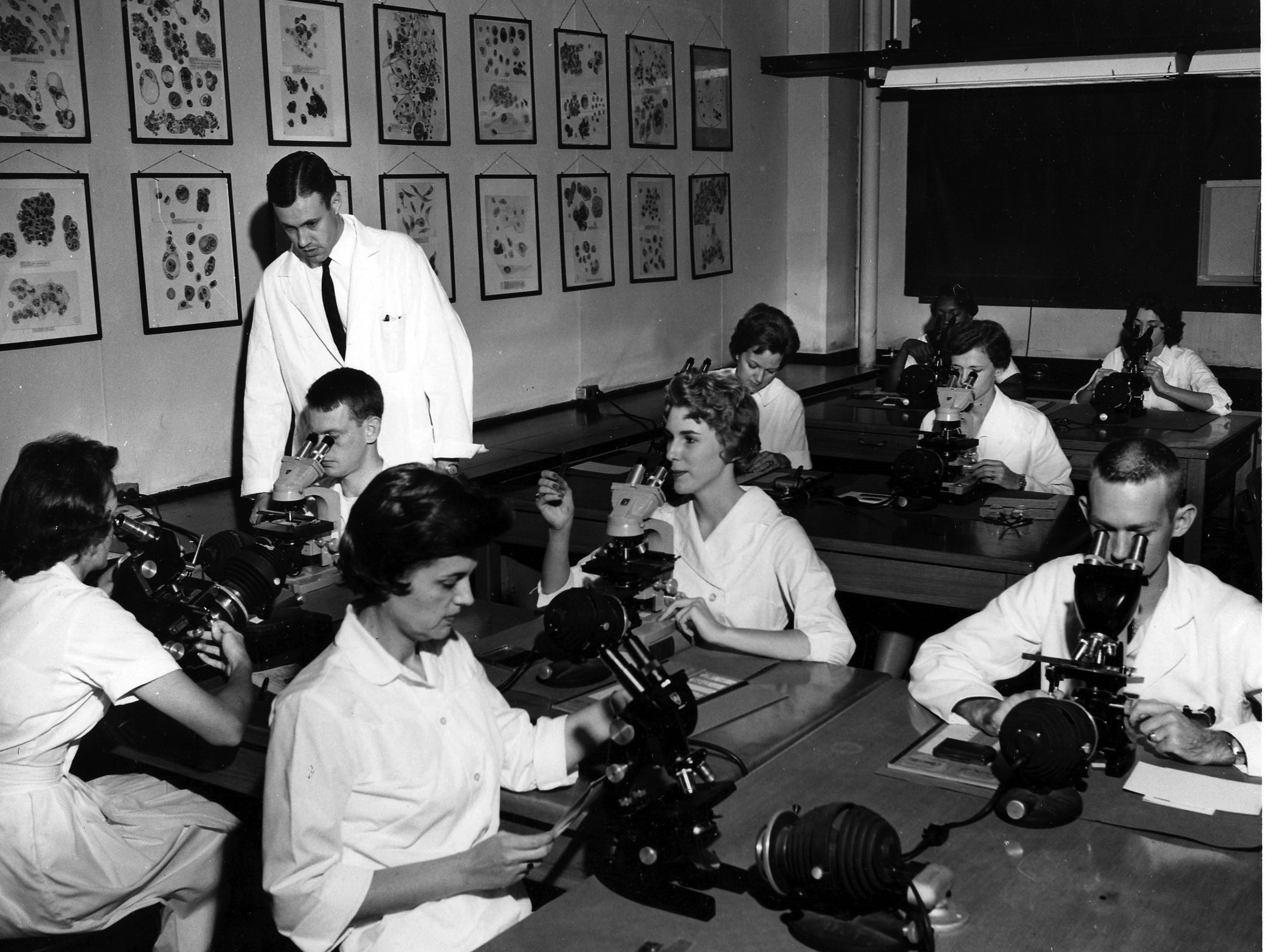
From its Earliest Days, Cytology Program Has Made Major Contributions to Health Care
How did your country report this? Share your view in the comments.
Diverging Reports Breakdown
From its Earliest Days, Cytology Program Has Made Major Contributions to Health Care
In the 1950s, the cytology program at what is now the University of Tennessee Health Science Center was recruited to provide support for a mass screening project. Through that mass screening, the Pap smear, named after George Papanicolaou, MD, proved successful in detecting cervical cancer. Today, the Cytology and Histotechnology program resides in the Department of Diagnostic and Health Sciences in the College of Health Professions. It prepares graduates for certification in both cytology and histotechnology, two related professions in laboratory pathology.
Back in the 1950s, the cytology program at what is now the University of Tennessee Health Science Center was recruited to provide support for a mass screening project that has been critical to the health of generations of women.
From July 1952 to June 1957, the Memphis Project tested 290,000 women with a new procedure, the Pap smear, to determine its effectiveness. Sponsors for the project included what was then the UT College of Medicine, the Memphis and Shelby County Medical Society, the Memphis and Shelby County Health Department, the Bluff City Medical Society, and the local American Cancer Society.
Through that mass screening, the Pap smear, named after George Papanicolaou, MD, proved successful in detecting cervical cancer.
Today, the Cytology and Histotechnology program resides in the Department of Diagnostic and Health Sciences in the College of Health Professions. A master’s degree program, it prepares graduates for certification in both cytology and histotechnology, two related professions in laboratory pathology.
The program has a 100 percent graduation rate, a 100 percent exam pass rate, and a 100 percent employment rate within six months of graduation.
The program is affiliated with 40 clinical sites in Tennessee and surrounding states. All clinical sites are cytology or histopathology laboratories accredited by the Health Care Financing Administration and/or the College of American Pathologists and all have a qualified medical director and qualified technologists on staff.
Highly qualified lab professionals are trained through the cytology and histotechnology program at UT Health Science Center.
Students work with cytologists and histotechnologists in laboratories to develop clinical skills.
“The faculty of the Master of Cytopathology Practice Program are so proud of the rich history we’ve been a part of in making a positive impact on women’s health and health in general,” said Keisha Brooks Burnett, EdD, associate professor and program director. “The development of the Pap test has saved millions of lives, and it all starts at the microscope. With the development of a technique to collect Pap test specimens came an explosion of techniques to collect cells from all parts of the body that further advanced modern cytology. The cytology profession has changed with the development of emerging technologies, but one thing that hasn’t changed is our commitment to using those technologies in providing the best patient care.”
This story first ran in the Spring 2024 Health Professions magazine.
